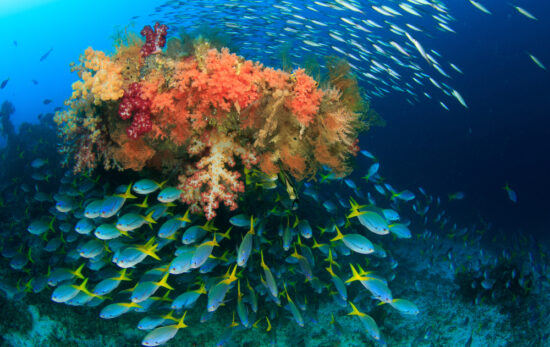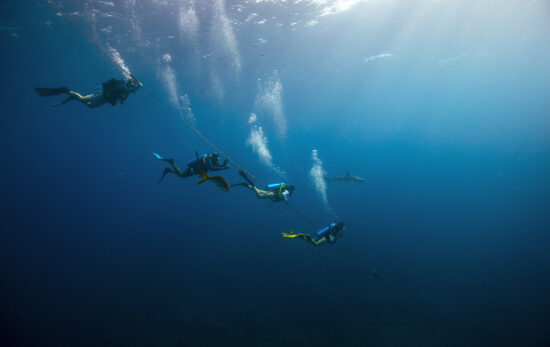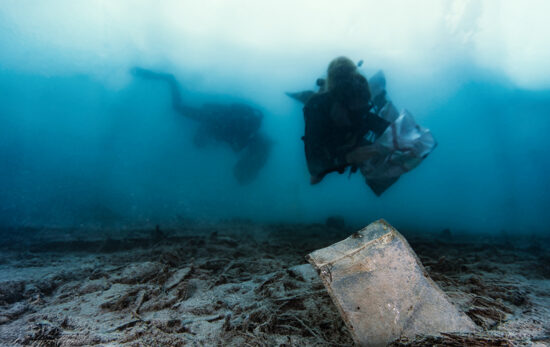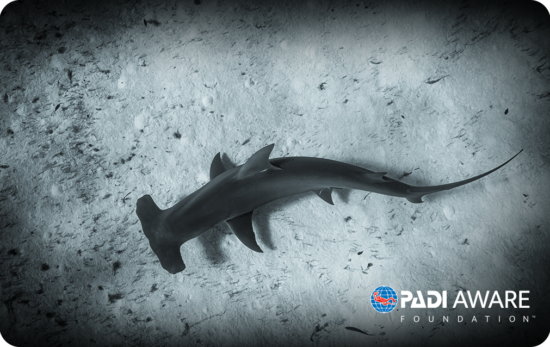If you’re looking to get involved in conservation efforts, manatee conservation is a great place to start. First of all, conservation in this context means the protection and preservation of a living thing or the environment. This sounds great, right? Especially if you have meaningful experiences with the natural environment, such as admiring the beautiful and complex ocean world during dives. But actually carrying out conservation efforts is complex because successful conservation efforts require lots of support and cooperation from all stakeholders, such as casual visitors to the specific environment, the surrounding neighborhoods, businesses, and local decision makers. It is difficult to get a variety of actors to agree on one thing. Anyone who tries to choose a movie to watch with a group of friends or siblings can attest to the difficulty.
This is where manatees come in. They are charismatic megafauna. These are usually large animals with high public appeal- think pandas, condors, and dolphins. It’s generally much easier to rally support to protect well-known animals than less-known animals, like insects (but nothing against insects! They’re important too!) Charismatic megafauna are great ambassadors for the environment. For instance, if you protect manatees, you also protect their coastal homes like lagoons and estuaries. And in extension, you also protect water quality, seagrass beds, and the other animals living in the same habitats. There are so many benefits! Read on about how you can get involved with manatee conservation.
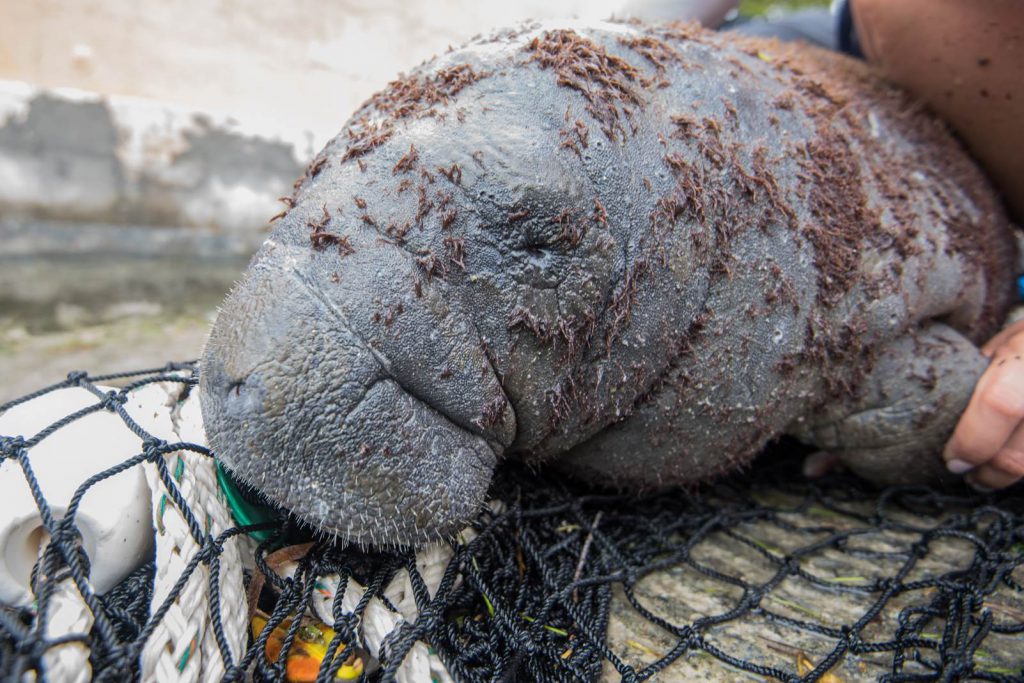
Volunteer With A Conservation Group
You can take direct action in manatee conservation by volunteering with your local conservation organization. This is a great way for you to learn more about manatees, conservation efforts, and participate in such efforts. These conservation organizations include groups whose mission is to protect manatees and their habitats, such as the nonprofit Save the Manatee, the Florida Fish and Wildlife Conservation Commission, and the Crystal River National Wildlife Refuge in Florida. Organizations can host habitat cleanups, and organize volunteers to observe manatees as a part of ensuring their recovery and protection. If you do not live near manatees, you can still support manatee conservation groups by donating to them. Or, your next vacation can include volunteering with a group!
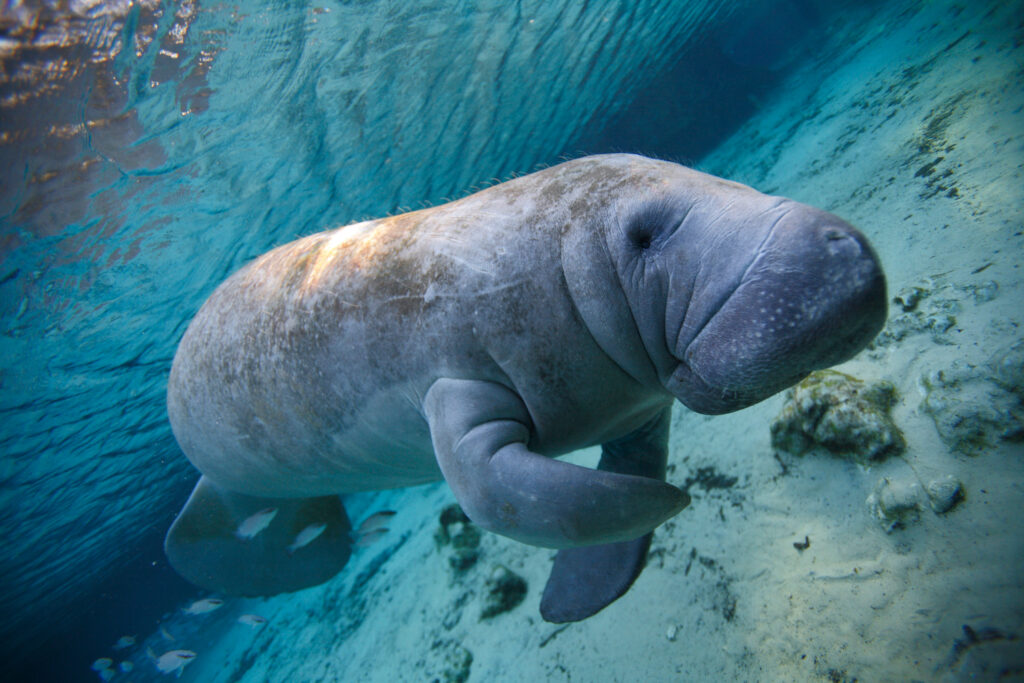
Dive With a Sustainable Dive Shop
Your next dive trip can support manatee conservation too. Scheduling a dive to see manatees will demonstrate that there is an economic value to manatees in addition to an environmental value. Also, you can give your business to a sustainable dive shop that practices responsible diving operations which reduce harm and disturbance to the environment and manatees. Look for dive shops that are Green Fins certified. This means that they actively maintain and improve their dive operations to be eco-friendly. Eco-friendly dive shops can be examples of how to operate responsible businesses that protect the environment and manatees.
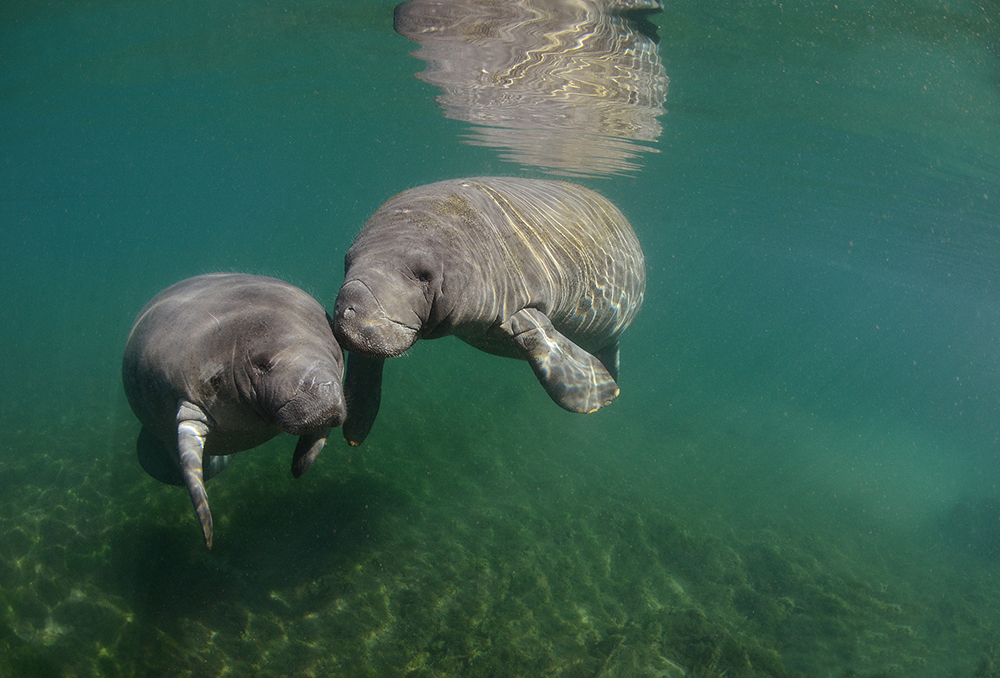
Support Environmental and Climate Policy
Many threats to manatees are due to human activities unfortunately. Examples of threats include: habitat destruction, illegal hunting, death or injury from exposure to cold, boat collisions, red tide events, and net entanglement. However, this means that people can reduce these threats too! Environmental and climate policy can help. For example, supporting responsible coastal habitat management and development is important to minimize habitat destruction and protect the health of the manatees’ homes. You can contact your representatives and policymakers to express your support for environmental and climate policy so that they can also support those policies.
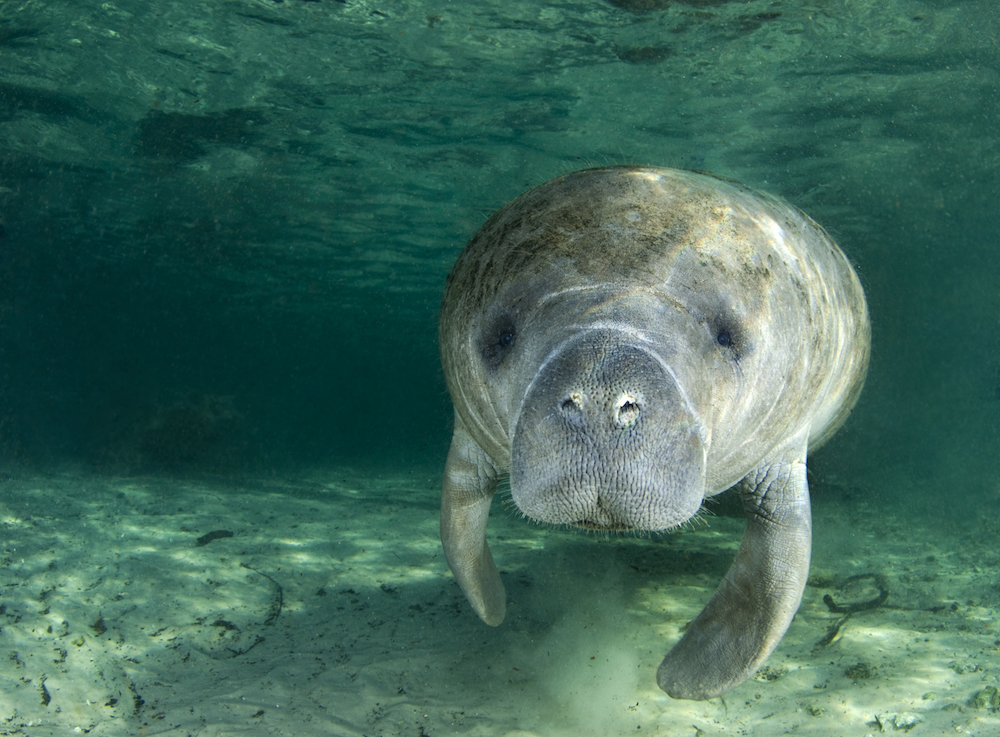
Share Manatee Facts, Threats, and Solutions With Others
Lastly, talk to your friends, family, and professional networks about manatees! Share some fun facts about manatees, the threats to manatees, and how people can help protect them. Learning about manatees can make people feel curious and connected to them and want to protect these gentle giants. Did you know that manatees only have molars for teeth for their herbivorous diet? These teeth move from the back of the jaw to the front to replace the worn front teeth! In terms of threats to manatees, oftentimes people aren’t aware of them. But be sure to also share the solutions and how people can help manatees. It’s easy to get lost in the weeds (or seagrass in this case) about the threats. There are solutions that people can act on!
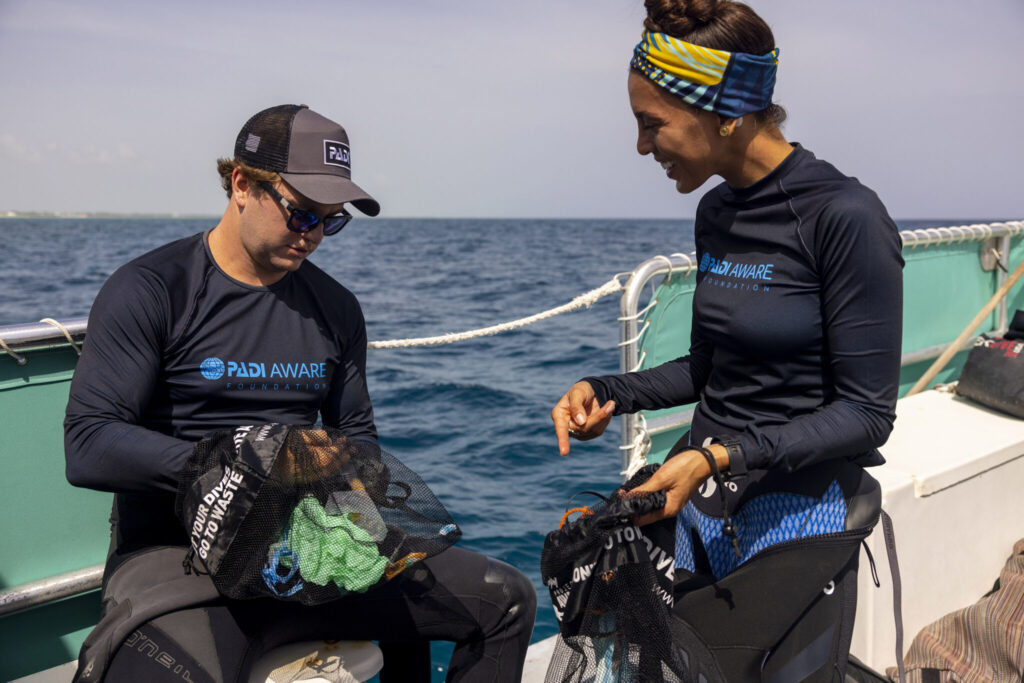
We certainly hope you do become involved in manatee conservation! If you want to learn more about how you can help protect the ocean as a whole, take a PADI AWARE Specialist diving course to learn how to make a difference for ocean protection (including manatees!) every time you dive.
Related Readings:
Celebrating Manatee Awareness Month
How to Tell the Difference Between Manatees and Dugongs

